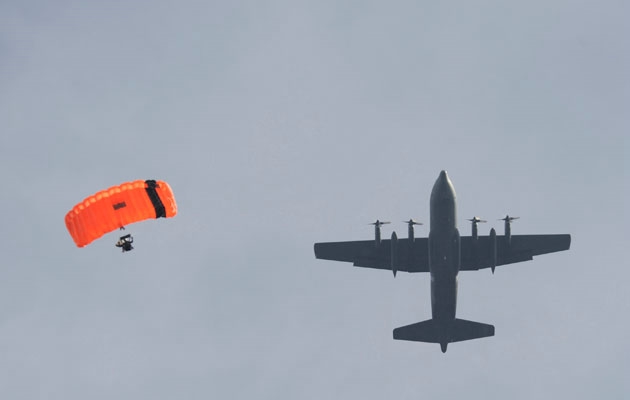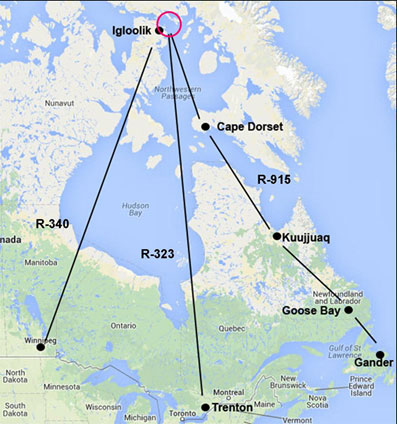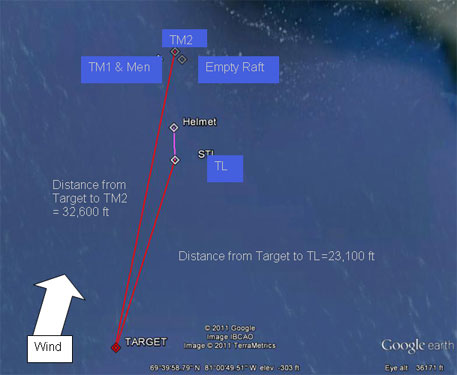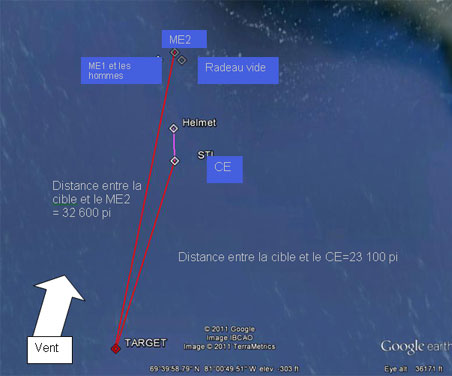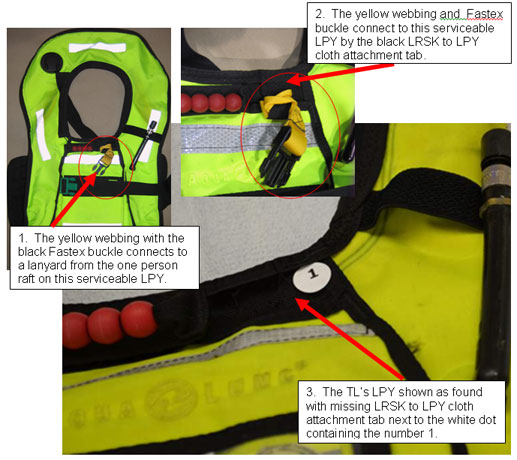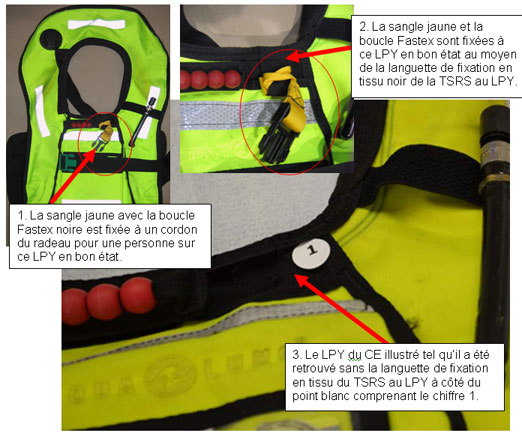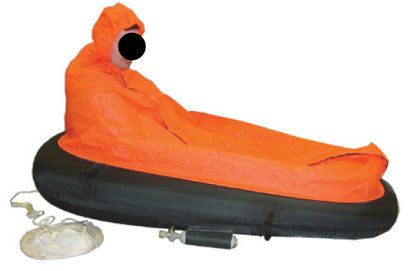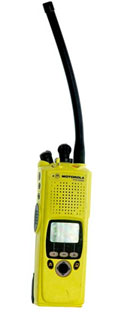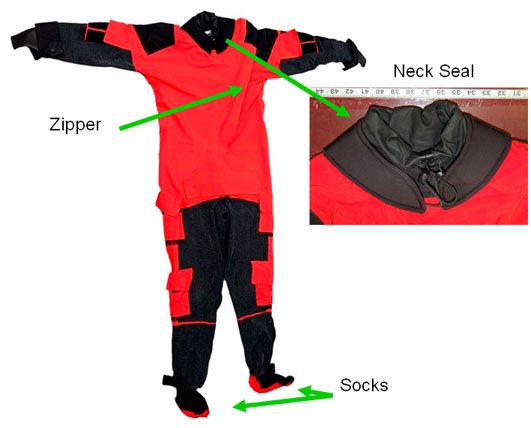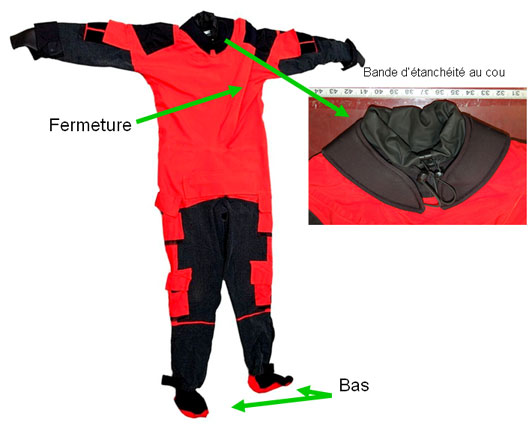SAR Technician - A Cat - Epilogue
Report / October 28, 2011 / Project number: SAR - A Cat
Location: Near Igloolik, Nunavut
Date: 27 October 2011
Status: Investigation Complete
In response to a distress call from two men in a small open boat in Hecla Strait, northeast of Igloolik, Nunavut, a Search and Rescue (SAR) CC130 aircraft from Trenton, call-sign Rescue 323 (R-323) was dispatched, arriving on scene at 1505 hours (hrs) local time. After assessing the men to be hypothermic and unresponsive, three SAR Technicians (SAR Techs) jumped at 1734 hrs to provide assistance; weather conditions were extreme with 25-35 knot (kts) winds and 10-15 foot (ft) waves with sea ice present. The first SAR Tech landed in the water, swam to the raft that the men were by now in, and assisted them. The second SAR Tech and the SAR Tech Team Leader (TL) both landed separately in the water and, unable to swim to the raft, initiated their own survival procedures. Approximately four hrs later a CH149 helicopter hoisted the two men and the first two SAR Techs aboard unharmed. One hour later, the helicopter crew located the unresponsive body of the SAR Tech TL; he was floating free of his parachute harness face up with his life preserver inflated. The TL was flown to the Igloolik airport and transported to the Health Center where attempts to resuscitate him were unsuccessful.
The circumstances surrounding the parachute jump were examined in order to improve the success of future open sea, cold water, parachute rescues. The investigation focussed on the TL’s descent and post-landing activities and plausible theories that led to his drowning. SAR Tech life support equipment and the regulations governing rescue activities, including pre-jump planning, safety activities and SAR Tech dispatch decision-making, were also examined.
The investigation concluded that the TL drowned, although the exact drowning mechanism could not be identified. It is probable that with water entry into his constant wear flight suit, he became non-functional and unable to re-enter his raft. The inability to recognize the difficulties the SAR Tech team was to have getting to the men, the lack of established regulations and procedures concerning rescue swimming, and the selection of landing location were also causal. Contributing factors included gusty winds that affected the jumper exit point selection, parachute performance expectations and the lack of adequate equipment and training concerning SAR Tech activities on the water. The delegation of SAR risk management to the operator level without adequate regulation created the opportunity for an inappropriate jump decision. Finally, insufficient directives, training and experience of a rescue into arctic environmental conditions were also contributory to the mission’s outcome.
The Royal Canadian Air Force has implemented 12 preventive measures, including amendments to operator manuals to address SAR Tech equipment and training. This report recommends an additional 35 preventive measures and further identifies 10 safety concerns aimed at improving current SAR Tech aviation life support and safety/rescue equipment as well as amending operating procedures and checklists.
